Needlewood Tree Schima wallichii
Other Common Name(s):
- Phonetic Spelling
- SKEE-ma wall-IK-ee-eye
- Description
-
The needlewood tree is a medium to tall evergreen tree in the tea family (Theaceae). It is found in the warm-temperate regions of southeast Asia. The genus name, Schima, is derived from the Greek word for shadow, skiasma. This probably refers to the shadow that the dense crown of the tree creates. It is named after Nathaniel Wallich, a Danish botanist. There are different common names depending on the country's location. It has been found in a wide variety of habitats including mountain forests, grasslands, rainforests, swamps, and roadside ditches in its native country.
Even though the needlewood tree can grow in a variety of habitats and soils, it grows best in acidic, well-drained soils and warm, humid climates. They can grow in full sun or part shade. In southeast Asia, they can grow up to 130 feet. However, needlewood trees grown from seeds in California and Texas have only grown twenty to forty feet tall, and twenty feet wide after 20 years. The largest cultivated needlewood tree in Britain is sixty-five feet.
The needlewood tree is very fragrant and can bloom several times a year. They only need a moderate amount of water. It has survived light frosts and intense summer heat in California. They can be planted in light understory or along the roadside. The seeds can be started in a pot and can flower when it is only two feet tall.
Insects, Diseases, and Other Plant Problems: No significant problems. The inner bark can cause skin irritation.
- See this plant in the following landscape:
- Cultivars / Varieties:
-
- Tags:
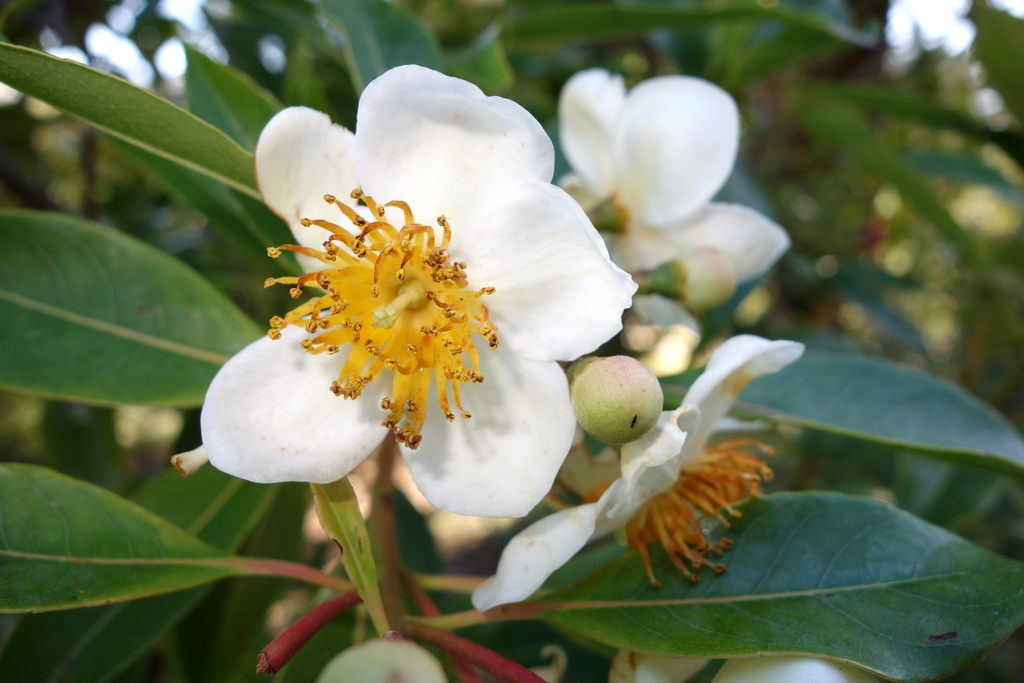
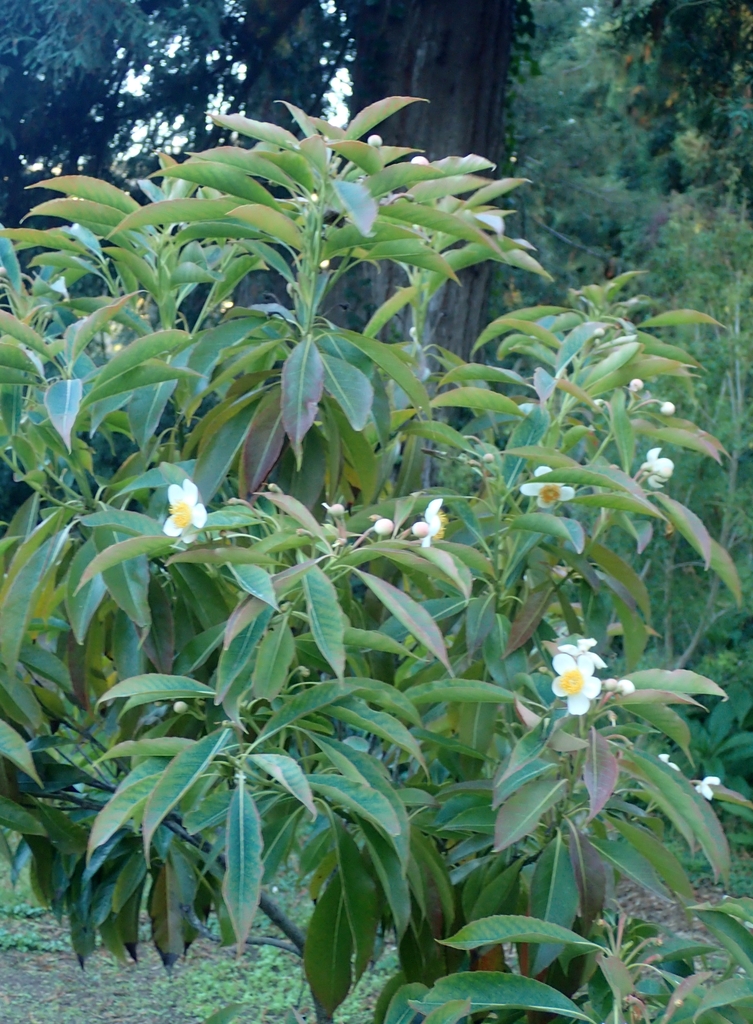

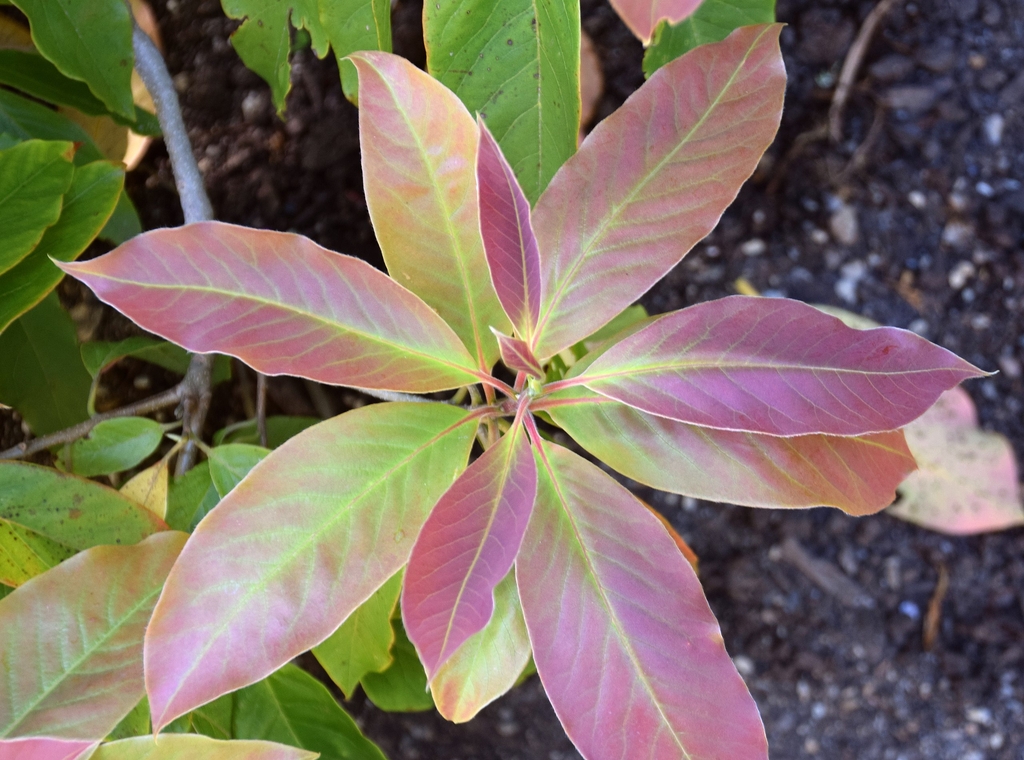
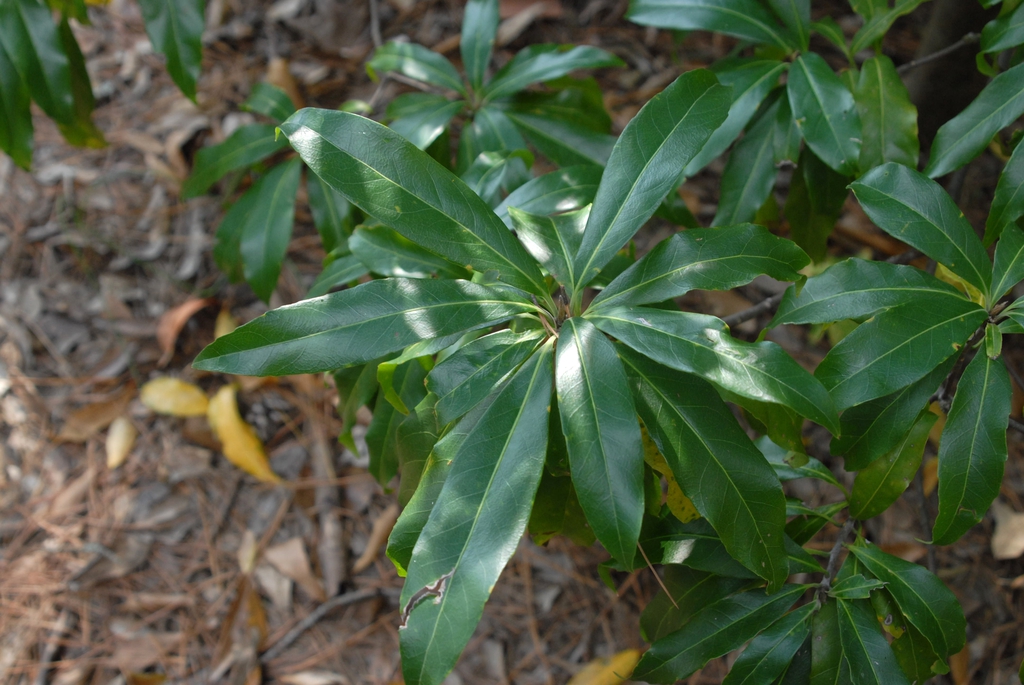
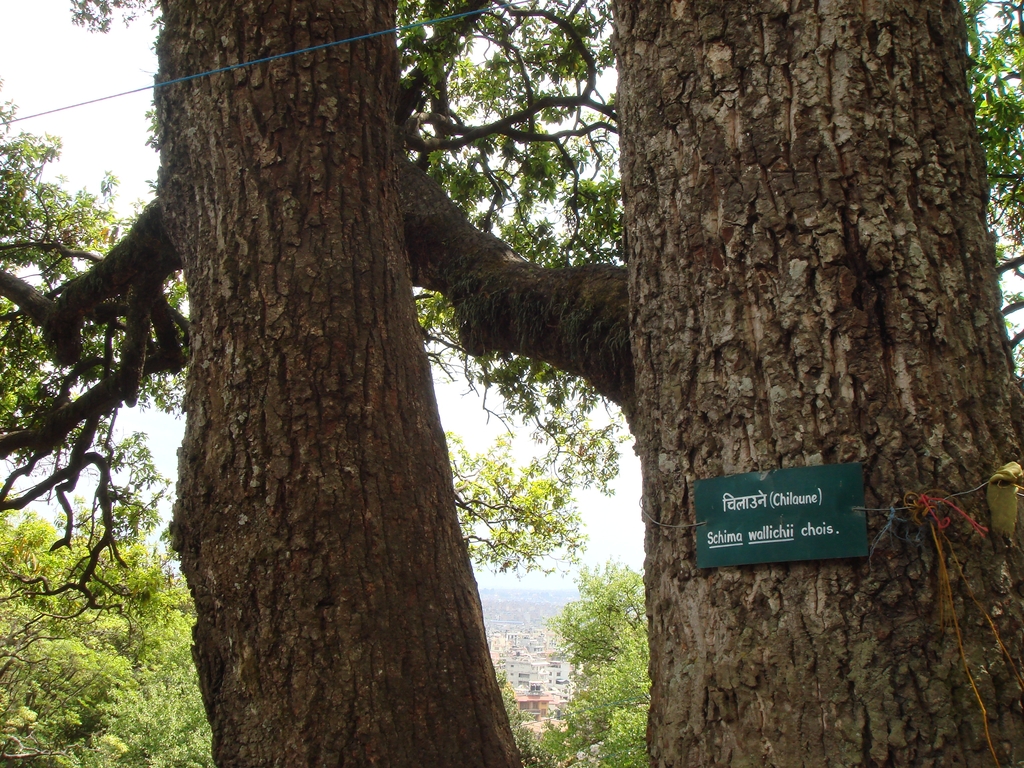






- Cultivars / Varieties:
-
- Tags:
-
-
Attributes:
- Genus:
- Schima
- Species:
- wallichii
- Family:
- Theaceae
- Uses (Ethnobotany):
- The inner bark can irritate the skin and is used as a fish poison in southeast Asia. Also used for firewood, leather making from the tannis and paper-making. It has also been used in herbal medicine.
- Life Cycle:
- Woody
- Recommended Propagation Strategy:
- Seed
- Stem Cutting
- Country Or Region Of Origin:
- China and Malaysia
- Distribution:
- West coast of Europe and Pacific Northwest Southeastern United States
- Dimensions:
- Height: 20 ft. 0 in. - 120 ft. 0 in.
- Width: 20 ft. 0 in. - 40 ft. 0 in.
-
-
Whole Plant Traits:
- Plant Type:
- Shrub
- Tree
- Woody Plant Leaf Characteristics:
- Broadleaf Evergreen
- Habit/Form:
- Dense
- Erect
- Growth Rate:
- Rapid
- Maintenance:
- Low
- Texture:
- Medium
-
-
Cultural Conditions:
- Light:
- Full sun (6 or more hours of direct sunlight a day)
- Partial Shade (Direct sunlight only part of the day, 2-6 hours)
- Soil Texture:
- Clay
- Loam (Silt)
- Sand
- Soil pH:
- Acid (<6.0)
- Soil Drainage:
- Good Drainage
- Occasional Flooding
- Available Space To Plant:
- 24-60 feet
- USDA Plant Hardiness Zone:
- 9a, 9b, 10a, 10b
-
-
Fruit:
- Fruit Color:
- Brown/Copper
- Display/Harvest Time:
- Fall
- Summer
- Fruit Type:
- Capsule
- Fruit Length:
- 1-3 inches
- Fruit Width:
- < 1 inch
- Fruit Description:
- The 5-valved capsules are found near the top of the tree and are similar to camellia seeds. The seeds are small and kidney-shaped with narrow wings.
-
-
Flowers:
- Flower Color:
- White
- Flower Inflorescence:
- Solitary
- Flower Value To Gardener:
- Fragrant
- Showy
- Flower Bloom Time:
- Fall
- Spring
- Summer
- Flower Shape:
- Cup
- Flower Petals:
- 4-5 petals/rays
- Flower Size:
- 1-3 inches
- Flower Description:
- The showy white flowers at the end of twigs have five petals and many yellow stamens. It is one and a half to two and a half inches in diameter. The flowers occur throughout the year but are more abundant during the season changes.
-
-
Leaves:
- Woody Plant Leaf Characteristics:
- Broadleaf Evergreen
- Leaf Color:
- Green
- Red/Burgundy
- Leaf Feel:
- Glossy
- Leathery
- Leaf Arrangement:
- Alternate
- Leaf Shape:
- Elliptical
- Oblong
- Leaf Margin:
- Entire
- Hairs Present:
- No
- Leaf Length:
- 3-6 inches
- Leaf Width:
- 1-3 inches
- Leaf Description:
- Leathery green leaves are elliptic-oblong in shape with entire to slightly toothed margins. Bases are wedge-shaped and tips are acute. Leaves are 2-5 inches long and 1-2 inches wide. Delicate, shiny red new leaves accompany the flowers.
-
-
Bark:
- Bark Color:
- Dark Brown
- Dark Gray
- Red/Burgundy
- Surface/Attachment:
- Furrowed
- Bark Plate Shape:
- Irregular
- Bark Description:
- The reddish brown to dark grey bark has small, thick, angular pieces. The inner bark is bright red and has skin-irritating fibers.
-
-
Stem:
- Stem Color:
- Brown/Copper
- Gray/Silver
- Stem Is Aromatic:
- No
- Stem Lenticels:
- Conspicuous
- Stem Surface:
- Smooth (glabrous)
- Stem Description:
- Young branches are grayish brown and smooth with conspicuous white lenticels
-
-
Landscape:
- Landscape Location:
- Naturalized Area
- Pond
- Recreational Play Area
- Riparian
- Woodland
- Landscape Theme:
- Asian Garden
- Winter Garden
- Design Feature:
- Flowering Tree
- Shade Tree
- Street Tree
- Resistance To Challenges:
- Fire
- Heat
- Humidity
- Insect Pests
- Problems:
- Contact Dermatitis











